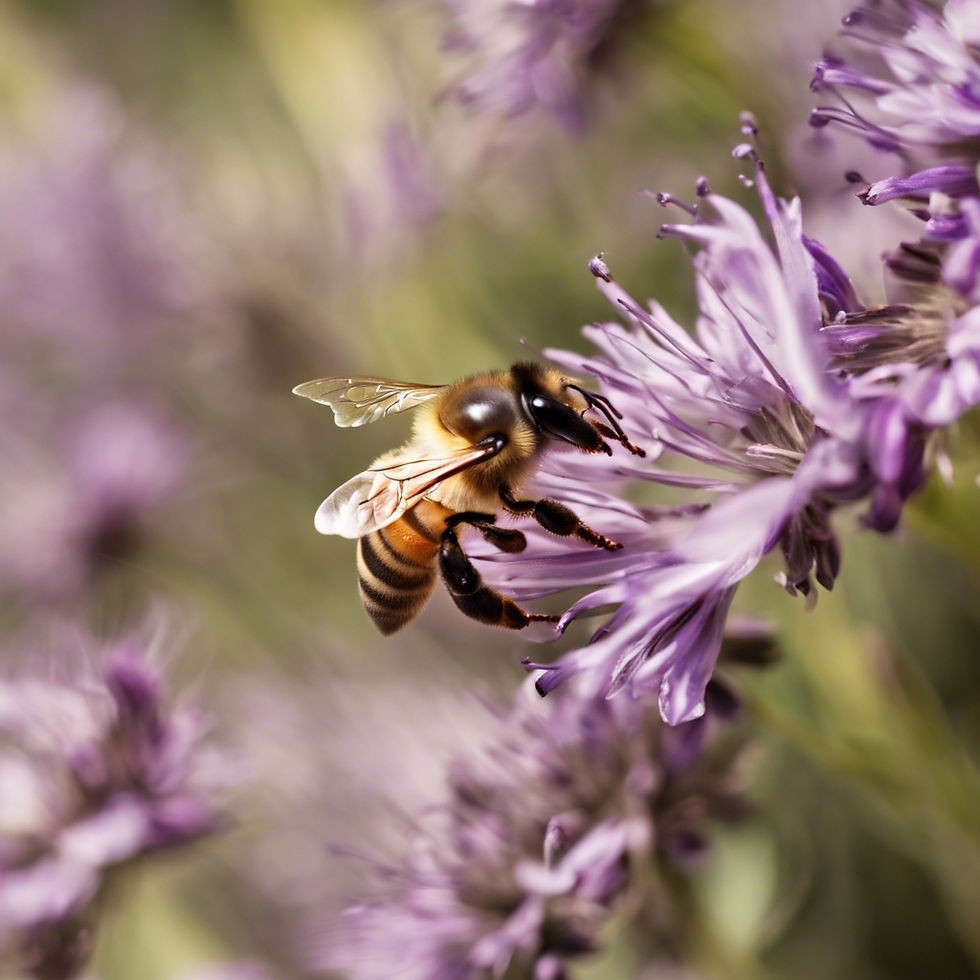How Do Airplanes Stay Up in the Sky?
- hshub3
- Oct 25, 2024
- 2 min read
The Quick Answer:
Airplanes stay up in the sky due to aerodynamic forces, primarily lift.
Lift is generated by the airplane's wings as they move through the air, counteracting the force of gravity.
The shape of the wing (airfoil) is designed so that air moves faster over the top of the wing, creating a lower pressure above it and lifting the airplane into the sky.

Hello, aspiring pilots and aeronautics aficionados! Krispy here, ready to take flight into the fascinating science of how airplanes defy gravity and soar through the skies. Ever wonder how these heavy machines manage to stay up in the air? Let’s navigate through the principles that keep airplanes aloft.
The Forces at Play
Four main forces act on an airplane in flight: lift, gravity, thrust, and drag. For an airplane to take off, cruise, and land smoothly, these forces must be carefully balanced.
Gravity: This is the force that pulls everything towards the Earth, including airplanes.
Lift: This force directly opposes gravity and is created by the movement of air over the wing. It's what keeps the airplane up in the sky.
Thrust: Generated by the airplane's engines, thrust propels the airplane forward through the air.
Drag: This force opposes the airplane's motion and is caused by air resistance.
The Role of Wings and Airfoil
The secret to lift lies in the wings and their shape, known as an airfoil. The airfoil design is crucial because it ensures that air travels faster over the top of the wing than beneath it. This difference in speed creates a pressure difference, with lower pressure on top and higher pressure below, lifting the airplane into the sky.
Thrust and Propulsion
While wings and their shape are vital for creating lift, an airplane also needs thrust to move forward and keep the air flowing over the wings. This thrust is provided by the engines, whether they are propellers or jet engines. The engines suck in air and expel it out the back faster than it came in, propelling the airplane forward.
Managing Drag and Gravity
To stay airborne and maintain speed, airplanes must overcome drag with sufficient thrust and counteract gravity with enough lift. Pilots adjust the thrust and use the wings' angle to manage these forces during different flight stages, from takeoff to cruising and landing.
In Conclusion
The ability of airplanes to stay up in the sky is a testament to human ingenuity and understanding of aerodynamics. Next time you’re aboard an airplane, soaring above the clouds, remember the incredible science and engineering that make the magic of flight possible.
Stay curious, my friends, and keep exploring the wonders of how our world works. Until our next adventure, keep your eyes to the skies and your hearts filled with the joy of discovery!
Check out Krispy Pigment Books!


